Margarine is the refuse of baking fats.
I know, I know—this is a strong opening statement. I’d feel a little bit bad about it (okay, not really) if our resident dessert expert, Erin McDowell, didn’t agree with me.

“Margarine often contains no dairy at all,” Erin explains. “It’s an emulsion made from water and vegetables oils" and lacks what we call flavor.
But this isn’t a margarine rant (as much as I’d like to be). We’re here to talk about baking fats. It’s a big, big world of margarine, butter, shortening, and lard (and oil, but there’s more on that here) and things can get confusing—and especially when flour comes into play and pastry’s the name of the game.
But it doesn’t have to be so overwhelming. We made pie dough with each of the fats (and gave taste test verdicts) to demystify the different options.
Here are the baking fat basics:
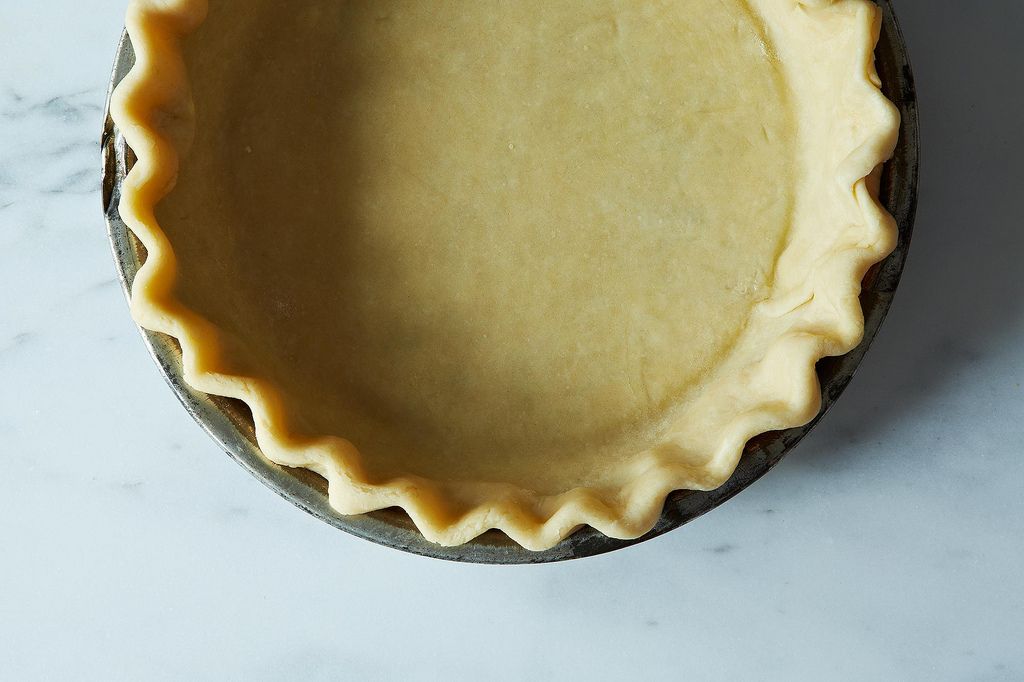
-
What: A solid fat made from vegetable oils (like soybean and cottonseed), shortening contains no water. It’s 100-percent fat.
-
Appearance: A pale, creamy white.
-
Merits: Shortening’s high melting point and consistency make it easy to work into dough—reducing the risk of overmixing. Shortening literally coats or “shortens” gluten strands, preventing them from forming strong bonds and becoming tough. You want strong bonds in things like bread, but not biscuits. It’s kind of like texture insurance, whether that’s in flaky pie crust or tender, lofty cookies. Since it doesn’t contain water, steam isn’t produced when shortening melts, making baked goods more tender and softer.
-
Taste test verdict: Sure, the crust made with all shortening was as flaky as that friend who always cancels your coffee dates five minutes beforehand, but the flavor was “eh.” And by “eh,” I mean almost nonexistent. The shortening-butter mix fared much, much better, resulting in a crust with both flakiness and flavor (see below).
Butter
-
What: A dairy product made by churning (or vigorously shaking) heavy cream until the butterfat separates from the buttermilk. Butter’s composition looks something like this: 80 percent milk fat (European-style butter is 82 to 85 percent), 16 to 17 percent water, and the remaining percent fat or curd.
-
Appearance: Whether butter is white, pale yellow, or more yellow yellow depends on the cows’ diets. Granted the manufacturer doesn’t add color, butter’s yellowness is from the pigment beta-carotene. Cows who eat a grass-fed diet have higher levels of beta-carotene present in their butterfat versus those who eat a grain-based diet. For this reason, butter produced in the winter tends to be less yellow than that of the spring and summer.
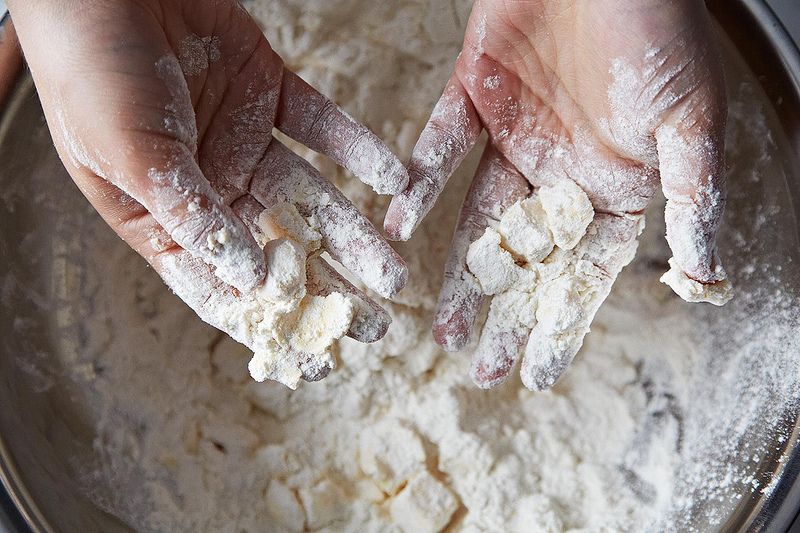
-
Merits: Flavor, flavor, flavor, and—have we said it yet?—flavor. Think about it: You taste butter. “Buttery” is commonly used to describe something that’s awesomely rich (pie crust! cookies! biscuits!). And, due to butter’s lower melting point, it quite literally melts in your mouth. It has its merits outside of taste, too:
- It makes for crisper cookies thanks to butter’s fat-water composition. The water evaporates, causing gluten to form and cookies to crisp when baked long enough.
- Butter’s fat-water composition is also responsible for flakiness in things like biscuits, croissants, and puff pastry. During baking, that aforementioned water evaporation essentially creates steam that lifts and separates, leaving dough light and layered.
- Butter’s low melting point allows cookies to spread faster and flatter.
- Butter’s milk fat browns with heat, giving things like pie crust that lovely hue you, me, and everyone else is fond of.
-
Taste test verdict: “I’m a big believer of all-butter crust, because of the flavor,” Erin says. And, of course, she’s right: The all-butter pie crust tasted richer-yet-lighter. When handled right, butter can create the same flakiness in pie crust that shortening does; it’s all about not overmixing the dough and leaving large enough pieces of butter in the crust. (Granted, sometimes you want a mealy crust, but Erin goes more in depth about that here.)
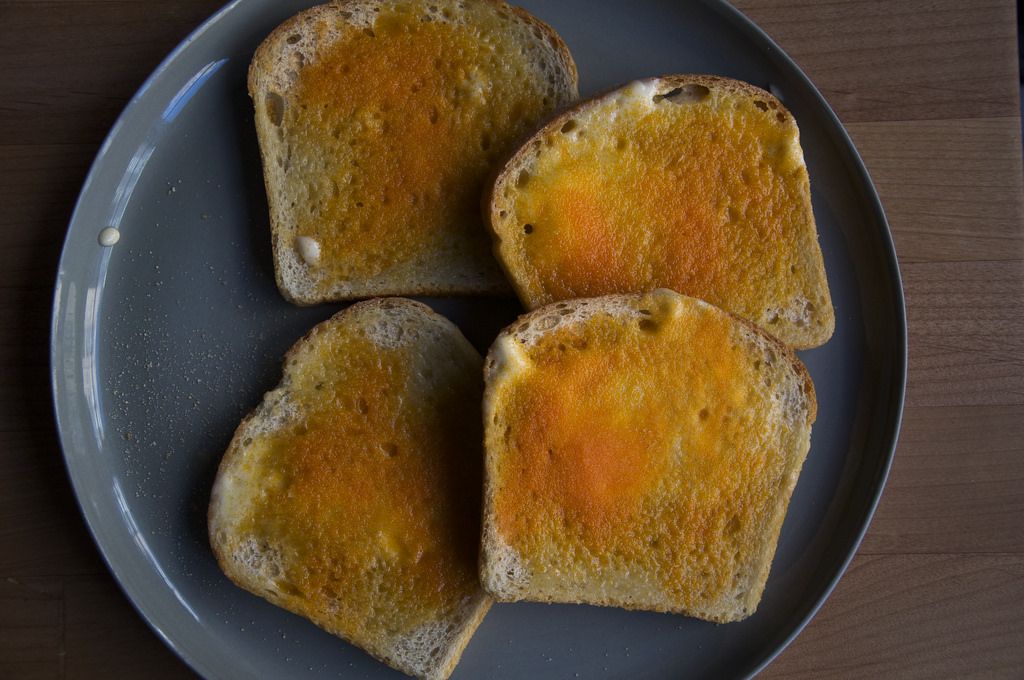
Margarine and Tang on white bread from Milk Bar Life.
Margarine
-
What: Made from refined vegetable oil and water, margarine may or may not also contain milk and must be at least 80 percent oil. Since vegetable oil becomes hydrogenated during processing, stick margarine can be high in trans fats, which allow it to stay solid at room temperature. However, it’s billed as “healthier” by those especially conscious of heart health and avoiding butter due to its fat content.
-
Appearance: It ranges from pale-ish to very, very yellow due to the addition of color. Margarine’s natural color is white, however manufactures nixxed that in the 1880s after realizing margarine dyed yellow sold better due to its more butter-like appearance.
-
Merits: Margarine was first created in the early 1800s as a cheap, butter substitute (back then, it was made of skimmed milk and beef tallow) and, today, remains just that: a butter substitute. In the 1900s (especially during the Great Depression and after World War II, due to its cheaper price and the wartime butter scarcity), margarine’s popularity rose. In 1950, Congress removed the tax regulations on margarine, making it cheaper. Its popularity surged, and that's why a lot of recipes from that era (possibly those handed down from Grandma) call for the stuff.
-
Taste test verdict: Since margarine’s highly processed and chemical composition make it much different than shortening or butter, it’s not an interchangeable baking fat. Margarine is difficult to use unless a recipe’s been designed for it. “In a pie crust recipe, using margarine would likely yield similar results to using oil,” Erin says. Margarine blends easily into flour—too easily—making the taste test’s pie crust tough and not at all flaky. Also, the flavor was, in a word, terrible.
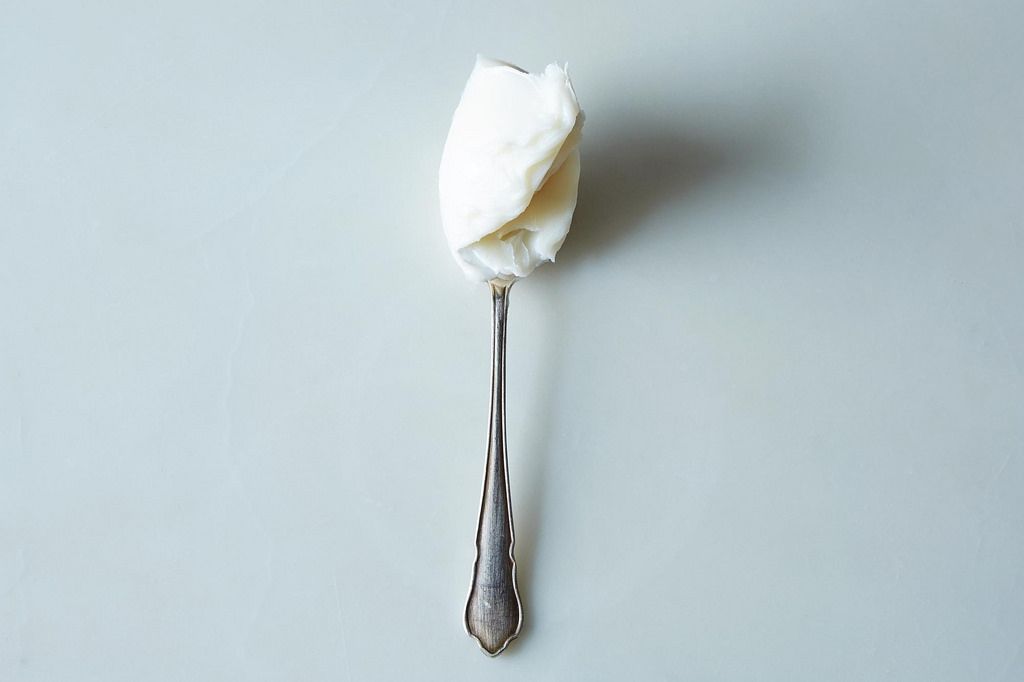
Lard
-
What: Essentially, lard is pork fat. You can buy it rendered or unrendered, but rendered is easier for time and effort’s sake.
-
Appearance: Rendered lard (what you’d want for pastries) is creamish in color. I keep leaf lard, which is from the kidney region of pigs and hogs and especially soft and white (as shown above), in my freezer. Leaf lard is best-suited for pastries due to its finer texture and light flavor.
-
Merits: If the idea of lard doesn’t skeeve you out, it makes for one helluva flaky pastry crust (and biscuits—don’t ever forget biscuits). Like shortening, lard yields tender texture by coating gluten strands, thereby preventing gluten development and those tough bonds from forming. Because of its higher melting point and larger fat pockets, lard melts slower, allowing for 1) slower water evaporation and steam release and therefore enhanced flakiness, and 2) bigger air pockets and therefore bigger flakes and layers.
-
Taste test verdict: The crust was crackly and flaky in all the right ways. The flavor, too, was better than that of shortening or margarine (yet still paled in comparison to butter).
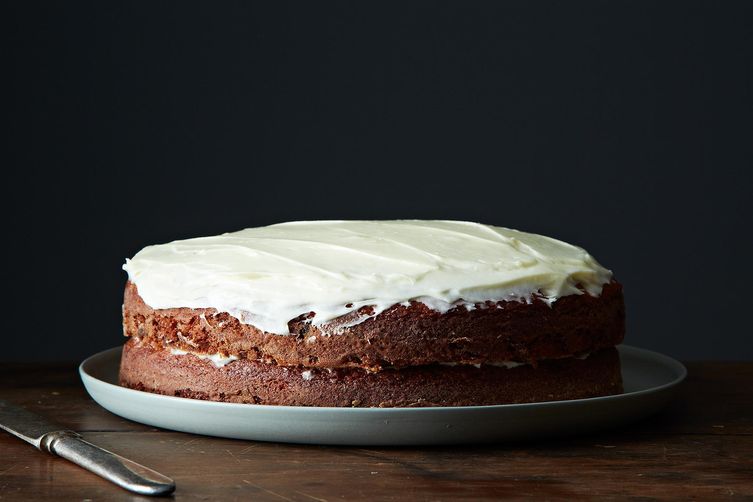
This Tomato Soup Cake uses shortening (but you can subsitute butter in its place).
Conclusion: Whether you’re making an all-butter, butter-shortening, or all-lard pie crust, the important thing is this is your pie. Experiment with the baking fats (with the exception of margarine), don’t overmix the dough, keep the crust chilled, and find which fat fits you.
And the same can be said for cookies, biscuits, and cake. You’re eating dessert! This is a happy time.
Photos by James Ransom and Mark Weinberg


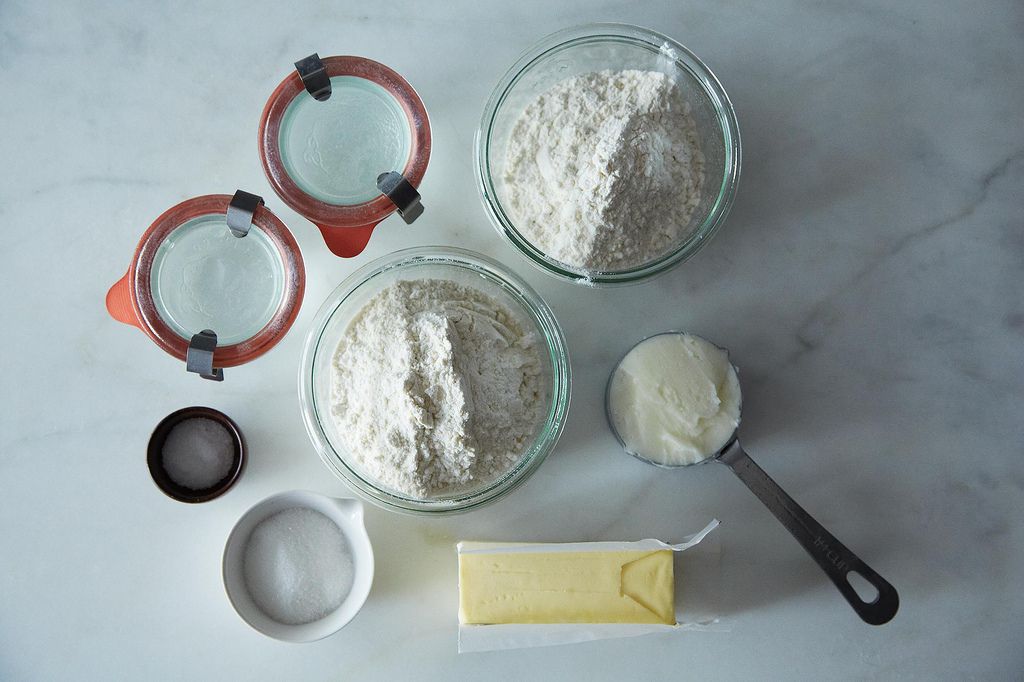





See what other Food52 readers are saying.